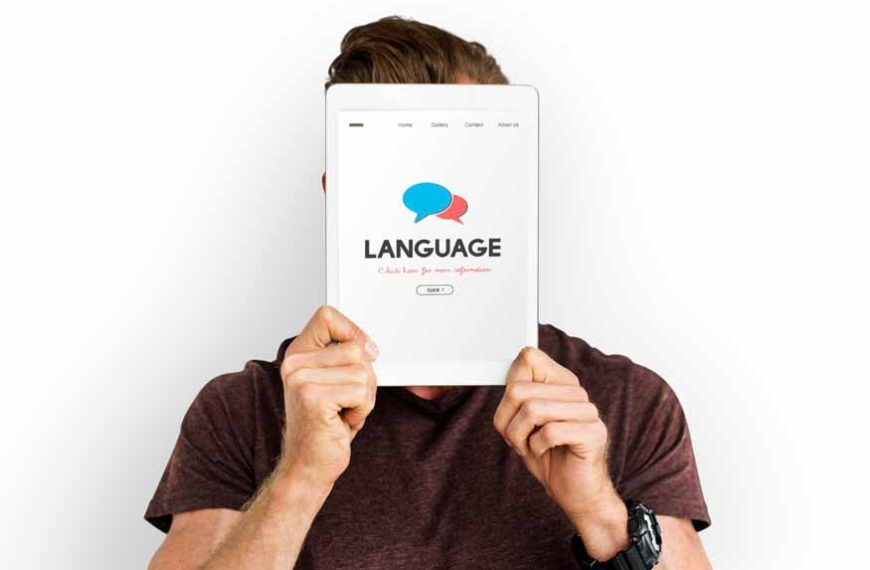In the ever-globalizing world, the ability to speak multiple languages is not just an advantage; it’s becoming a necessity. Parents often wonder about the optimal time to introduce a second language to their children. Understanding language development in toddlers is crucial in making this decision. This article explores the best practices and timings for introducing a second language, focusing on language development in infants and toddlers, and recommends activities to develop language skills in toddlers.
Understanding Language Development in Toddlers
Language development in toddlers is a rapid and complex process. During this stage, children’s brains are incredibly receptive to new sounds and patterns. This period of accelerated learning is often referred to as the ‘critical period’ for language acquisition.
Research suggests that toddlers have the ability to learn multiple languages simultaneously without confusion. Their brains can differentiate between different linguistic systems, making early childhood an ideal time for introducing a second language. The exposure to a second language does not hinder the development of the first language. In fact, it can enhance cognitive abilities and improve overall language development in infants and toddlers.
Optimal Timing for Introducing a Second Language
The consensus among experts is that the earlier, the better. Introducing a second language to toddlers, ideally before the age of three, can be highly beneficial. During this period, language development in infants and toddlers is at its peak. They absorb language naturally and can develop native-like pronunciation and fluency.
It’s important to note that while early introduction is ideal, it’s never too late to start. Language learning is a lifelong process, and benefits can be reaped at any age.
Activities to Develop Language Skills in Toddlers
Engaging in activities to develop language skills in toddlers is crucial. These activities should be fun, interactive, and a regular part of your child’s day. Some effective methods include:
- Interactive Language Games:
- Storytelling and Reading:
- Music and Songs:
- Playdates with Native Speakers:
- Language Immersion Programs:
- Balancing Two Languages
- The Role of the Parent
Games that involve naming objects, simple storytelling, and singing can be both entertaining and educational.
Reading books in the second language stimulates imagination and vocabulary development. Choose books with simple sentences and colorful pictures to keep your child engaged.
Children love music, and songs in a second language can be a fun way to learn new words and phrases.
If possible, arrange playdates with children who are native speakers of the second language. This provides a natural and social environment for language learning.
Consider enrolling your toddler in language immersion programs or classes specifically designed for language development in infants and toddlers.
While introducing a second language, it’s important to maintain a balance. Ensure that your child has ample exposure to both languages. This can be achieved by assigning different languages to different contexts or times of the day, or having one parent speak one language and the other parent another.
Parents play a crucial role in their child’s language development. Being actively involved, showing enthusiasm, and consistently speaking the second language at home can significantly boost the child’s learning process. Remember, the goal is to make learning enjoyable and stress-free.
Enhancing Language Acquisition through Environment and Technology
Creating a Language-rich Environment
A language-rich environment is pivotal for language development in toddlers. This environment goes beyond mere exposure; it involves engaging with the child in meaningful and interactive ways. Parents and caregivers can enhance language development in infants and toddlers by:
- Talking to the Child:
- Labeling the Environment:
- Storytelling:
Simple conversations, describing activities, and responding to the child’s vocalisations encourage language development.
Label objects in both languages. This not only helps in vocabulary building but also in understanding the concept of different languages.
Elaborate storytelling, not just reading, helps in developing narrative skills and understanding complex language structures.
Leveraging Technology
In today’s digital age, technology can be a valuable tool in language development in toddlers. Educational apps, interactive e-books, and children’s educational shows in the second language can be beneficial. However, it’s crucial to ensure screen time is limited and interactive, rather than passive.
Encouraging Cultural Exposure
Understanding the culture behind a language can significantly boost language development in infants and toddlers. Engage in cultural activities, celebrate festivals, and if possible, travel to places where the second language is spoken. This holistic approach fosters a deeper understanding and appreciation of the language.
Challenges and Solutions
Introducing a second language to toddlers is not without challenges. There might be a temporary phase where the child mixes languages or experiences slight delays in language proficiency. However, these are normal and temporary phenomena in bilingual language development.
Parents can overcome these challenges by:
- Staying Consistent:
- Seeking Professional Advice:
Consistency in language exposure is key. Stick to a routine that involves regular interaction in both languages.
If concerns about language development in toddlers arise, consulting a speech-language therapist can be beneficial.
Multilingualism: A Cognitive Advantage
Cognitive Benefits of Early Language Learning
Research has shown that children who grow up learning multiple languages have a cognitive edge over their monolingual peers. These cognitive benefits include:
- Enhanced Executive Function:
- Improved Memory:
- Greater Mental Flexibility:
Multilingual children often exhibit better executive functions, such as problem-solving, planning, and performing mentally demanding tasks.
Learning multiple languages can lead to improved memory, a skill that is beneficial throughout life.
Language development in infants and toddlers who are exposed to multiple languages is often marked by increased mental flexibility and creativity.
Neurological Insights
Neuroscience has provided insights into how bilingual brains function differently. Brain imaging studies have shown that bilingual individuals engage more parts of their brains, particularly those responsible for executive control and attention, compared to monolinguals.
Social and Emotional Benefits
Empathy and Cultural Sensitivity
Introducing a second language to toddlers can also lead to greater empathy and cultural sensitivity. Understanding and speaking another language allows children to put themselves in others’ shoes, appreciating different perspectives.
Building a Global Identity
In our increasingly global society, being bilingual or multilingual is an asset. It prepares children for a world where cross-cultural communication is a norm, helping them develop a global identity from an early age.
Strategies for Effective Language Learning
Consistent Language Policy at Home
Establishing a clear and consistent language policy at home is crucial. This could be ‘one parent-one language’ or specific days/times for each language. Consistency helps in better language segmentation and acquisition.
Community Engagement
Engaging with communities that speak the second language can provide authentic language experiences. Community events, cultural festivals, and interaction with native speakers enrich the language learning process.
Using Real-Life Situations
Incorporating the second language into daily routines and real-life situations enhances practical learning. It could be as simple as naming groceries in the second language or discussing daily activities.
Challenges and Myths
Language Confusion Myth
A common myth is that learning two languages simultaneously can confuse toddlers. However, research debunks this, showing that while bilingual children might mix languages, it’s a normal part of bilingual language development and not a sign of confusion.
Overcoming Language Plateaus
Language development in toddlers, especially bilingual ones, may experience plateaus. Patience and persistent exposure to both languages help overcome these phases.
Introducing a second language to your toddler can be a rewarding endeavour. The ideal time is as early as possible, but remember, it’s never too late to start. Incorporate fun and engaging activities to develop language skills in toddlers and provide consistent exposure to both languages. This approach not only aids in language development in infants and toddlers but also sets the foundation for a lifetime of multilingualism.
At EuroKids, we believe in nurturing the linguistic abilities of young minds. We understand the significance of language development in infants and toddlers and are committed to providing an environment where your child can naturally grow and excel in multiple languages.
















